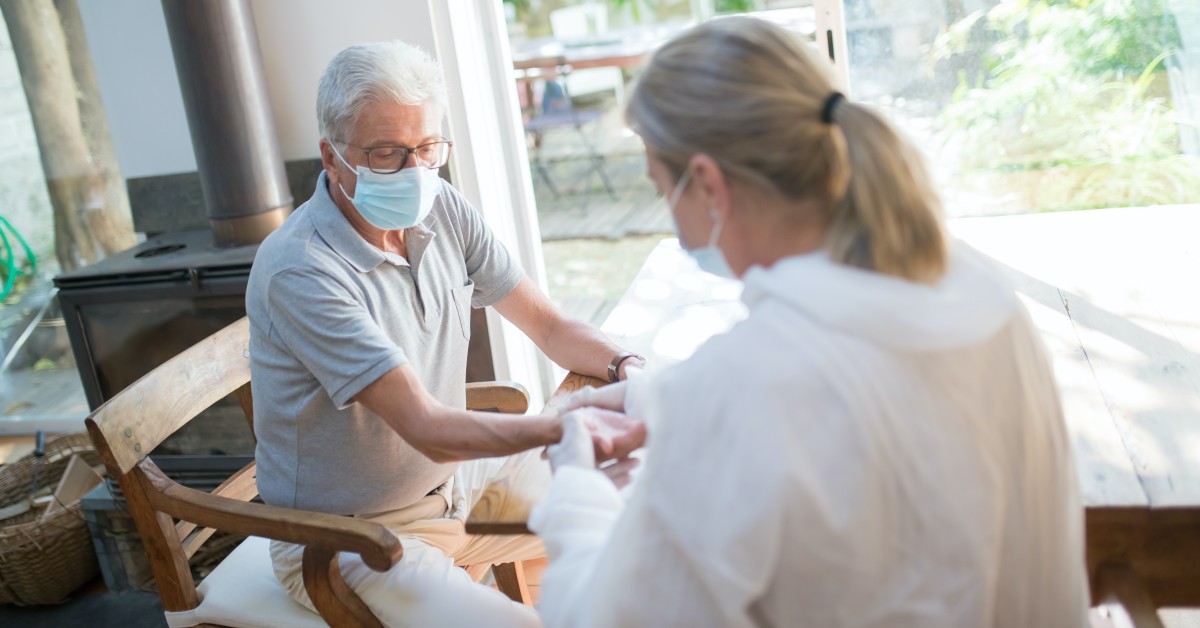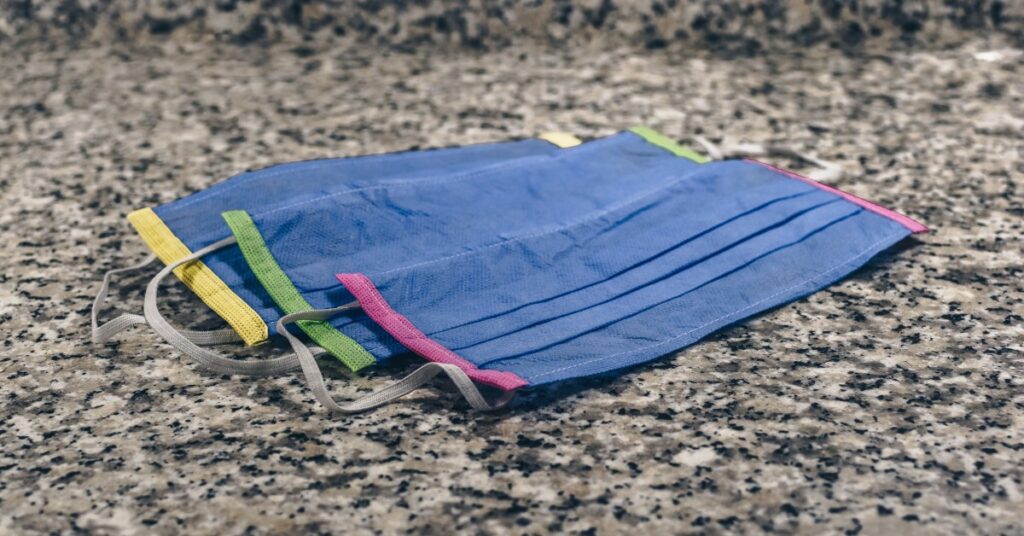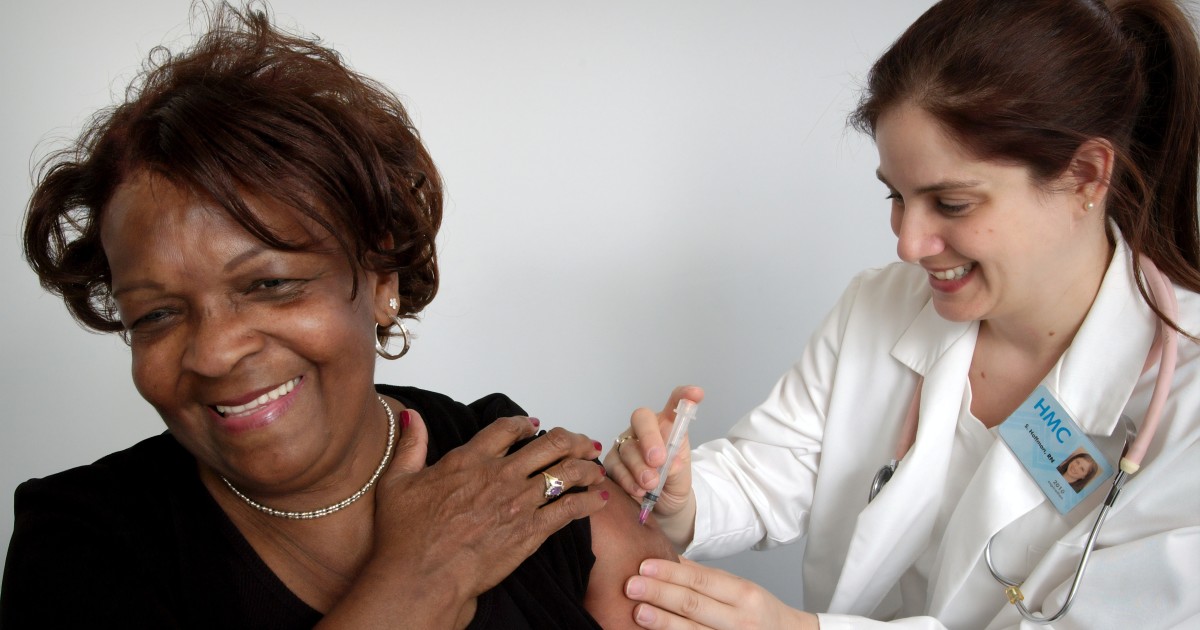
How Much Do Adult Gerontology Nurse Practitioners Make?
Adult gerontology nurse practitioners earn six-figure salaries across the United [...]

Nursing is a tiered profession encompassing varied titles, credentials, and specialties. Nurses can advance through the many levels by pursuing advanced education and gaining clinical experience. Entry-level roles like licensed practical nurses (LPNs) are the first step in a nursing career journey.
Licensed practical nurses—LPNs to those who prefer acronyms—handle many routine day-to-day functions. As they advance in their career adding academic credentials and certifications, they can become registered nurses (RNs), nurse practitioners (NPs), advanced practice registered nurses (APRNs), or nurse leaders. Each level of nursing involves education requirements, licensure requirements, and years of required clinical practice. The learning never ends because medicine never stops advancing.
From licensed practical nurses (LPNs) to advanced practice registered nurses (APRNs) and everything in between, nurses are healthcare professionals who bring specific expertise to patient care. This article discusses the steps to becoming a licensed practical nurse (LPN) and answer the following questions:
Licensed practical nurses (LPNs), sometimes known as licensed vocational nurses (LVNs), work in various settings such as hospitals, clinics, nursing homes, physicians’ offices, and other healthcare facilities. LPNs perform basic care functions, such as checking vital signs, dispensing medications, changing bandages, and addressing additional patient care and comfort needs.
What do LPNs do?
No day is the same for an LPN, as patients have different needs that may require specialized care. Overall, LPNs work in fast-paced environments providing hands-on patient care and attending to a wealth of other responsibilities. Fundamental duties for LPNs include:
The responsibilities vary depending on the healthcare setting. For example, LPNs commonly work in long-term care facilities such as nursing homes or hospice care or provide home health care. In these settings, their duties may include:
Essentially, LPNs are entry-level caregivers who handle day-to-day tasks, providing routine care to patients. Their training does not include the prerequisites for more advanced responsibilities, such as diagnosing patients or prescribing medications. Those come with further training and education. Exactly what LPNs allowed to do varies from state to state.
Licensed practical nurses (LPNs) and registered nurses (RNs) have similar job functions, although RNs handle a broader range of responsibilities, including managing LPNs and certified nursing assistants (CNAs). RNs can also administer IV medications; depending on the state, LPNs without special certifications either cannot administer IVs or can only do so under the supervision of an RN or higher-ranked medical professional.
In most states, LPNs need only a high school diploma or GED, plus completion of a licensed practical nurse program embedded with supervised clinical training, and a nursing license after passing the nursing exam. RNs, in contrast, must complete a four-year bachelor’s degree in nursing, an associate’s degree program, or a diploma from a nursing school program plus two or more years of clinical experience. They must also pass the nursing exam to apply for their nursing license.
LPNs and RNs differ most significantly in their opportunities for career advancement. LPNs cannot advance further without becoming RNs, while RNs are poised to enter a Master of Science in Nursing (MSN) program, the gateway to many upper-level nursing roles.
Becoming a licensed practical nurse (LPN) is a multi-step process that takes up to two years to complete, depending on the educational program.
Aspiring licensed practical nurses must complete an approved LPN program. These programs, which include classroom instruction and supervised clinical training, can take between 12 and 24 months to complete. LPN or LVN programs typically take place at technical or community colleges and sometimes within high schools or hospitals. The typical nursing program coursework covers:
Some schools may require incoming nursing students to take the Test of Essential Academic Skills (TEAS) exam to assess their readiness before enrolling in an approved nursing program.
Once you complete an approved educational program, the next step is to pass the National Council Licensure Examination (NCLEX-PN) through the National Council of State Boards of Nursing (NCSBN). The NCLEX-PN exam measures the knowledge and competencies needed to perform as an entry-level nurse.
This exam also enables you to apply for your nursing license in the state where you wish to practice. Under the Nurse Licensure Compact (NLC), some states allow nurses to practice in other states without having to obtain multiple state licenses.
Many professional membership associations offer continuing education programs that provide working professionals and nursing students with professional development resources, networking opportunities, and certification programs to gain knowledge in a specific area of expertise. Membership associations beneficial to licensed practical nurses or students include:
In addition to certifications provided by the NALPN, the American Nurses Credentialing Center (ANCC), a branch of the American Nurses Association (ANA), offers an internationally acclaimed accreditation and certification program. The program provides nurses with opportunities to advance their careers by gaining certification in specialized areas. Depending on the state, LPNs can gain specialty certifications in intravenous (IV) therapy, hospice care, breastfeeding support, correctional health, gerontology, pharmacology, urology, wound care, and neonatal advanced life support.
According to the US Bureau of Labor Statistics (BLS), in 2021 the average income for licensed practical nurses was just over $48,000, with the lowest 10 percent earning less than $37,150 and the highest 10 percent earning more than $63,790. The five top-paying employers include:
Note also that salaries vary based on years of experience and location. For instance, LPNs in states along the West Coast, including California and Washington, and many New England states, earn annual salaries up to 23 percent higher than the national average. Conversely, many Southern states, including Louisiana, Mississippi, Alabama, and Tennessee, pay yearly wages less than 20 percent of the national average.
Career opportunities within nursing are plentiful. The role of a licensed practical nurse (LPN) is an entry point into the profession. Below are some advanced nursing roles and the pathway into each:
Nurses who seek manager or executive-level leadership roles typically need a Doctor of Nursing Practice (DNP) degree.
Every career has pros and cons, and nursing is no exception. For instance, licensed practical nurses (LPNs) work long shifts that may exceed eight hours per day and may cut into evenings, weekends, and holidays. LPNs also spend most of the day on their feet performing routine tasks that may include lifting patients, making them susceptible to joint or back injuries. In addition, LPNs can experience burnout due to extended shifts and increased workloads amid recent nursing shortages.
Although a challenging career at times, nursing is also quite rewarding. Nurses are in the business of helping others, using compassion, patience, and interpersonal skills to perform the necessary patient care functions. Furthermore, LPNs are entry-level roles, meaning there are opportunities for career advancement, more fulfilling work, and higher wages.
(Last Updated on February 26, 2024).
Questions or feedback? Email editor@noodle.com

Adult gerontology nurse practitioners earn six-figure salaries across the United [...]

You won't see many patients as a nurse manager, but [...]

Community health and blood drives are at the foundation of [...]

There are millions of people in the US who need [...]

Chronically and severely ill children require professional medical care in [...]
Categorized as: RN to BSN, Nursing & Healthcare